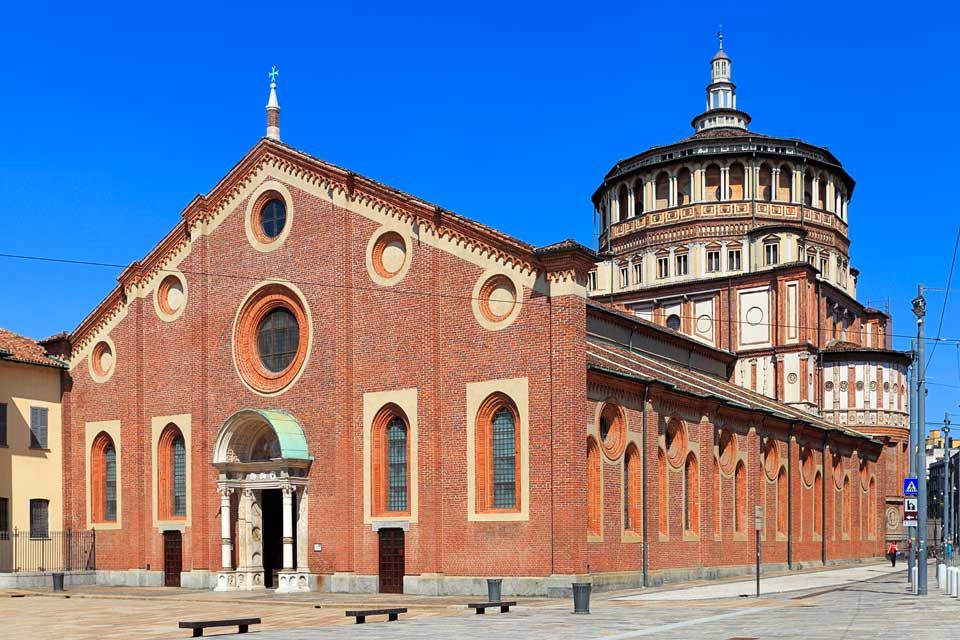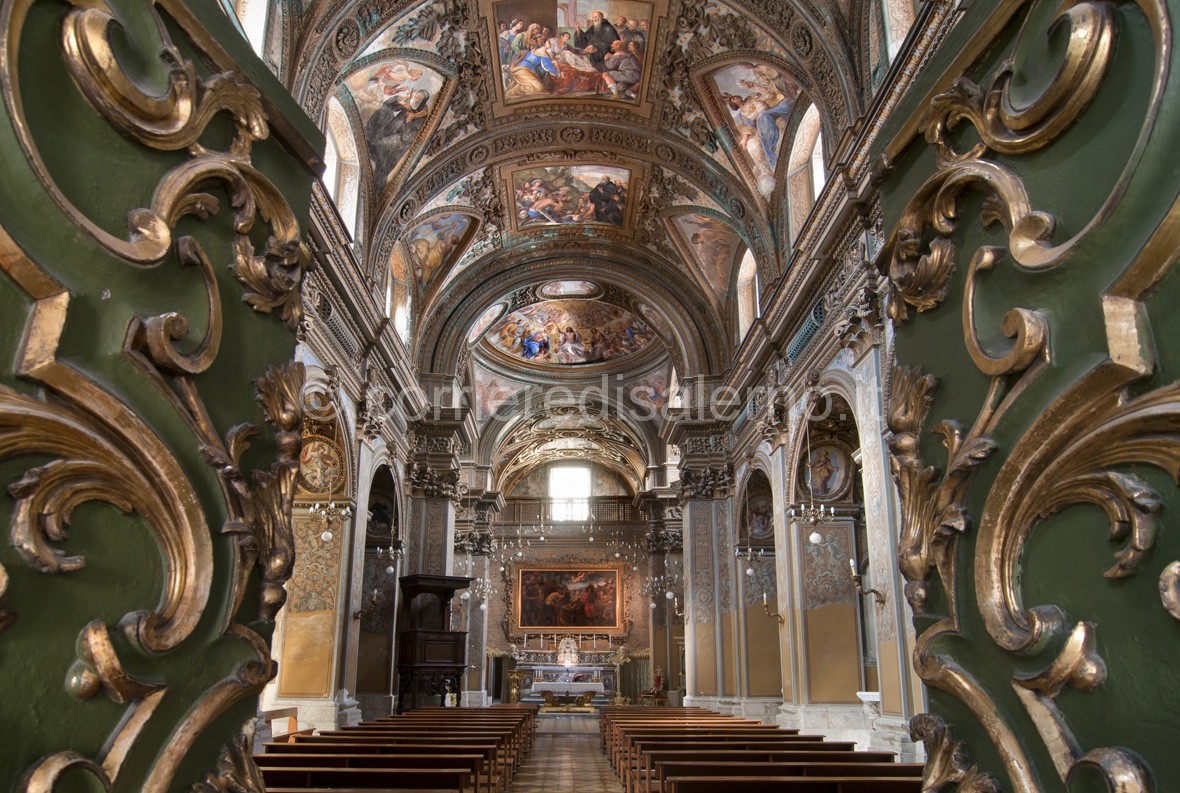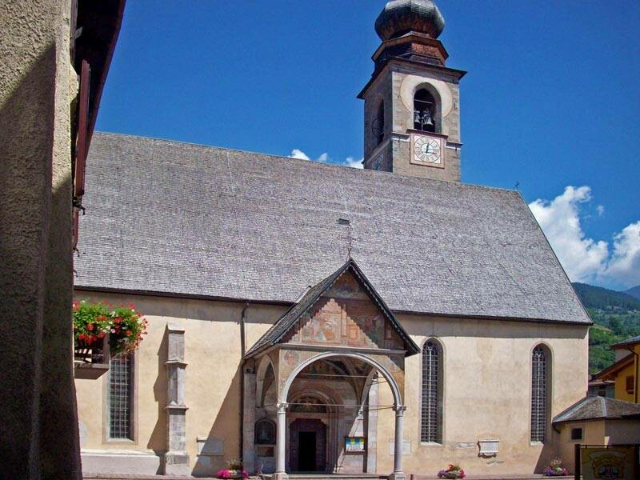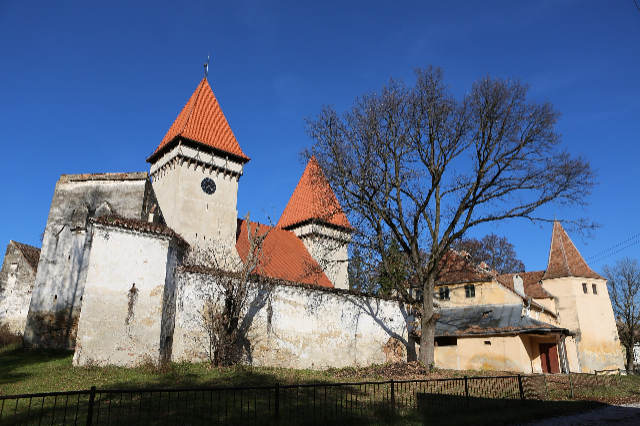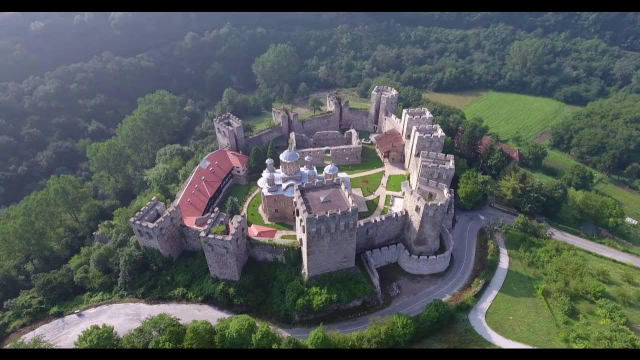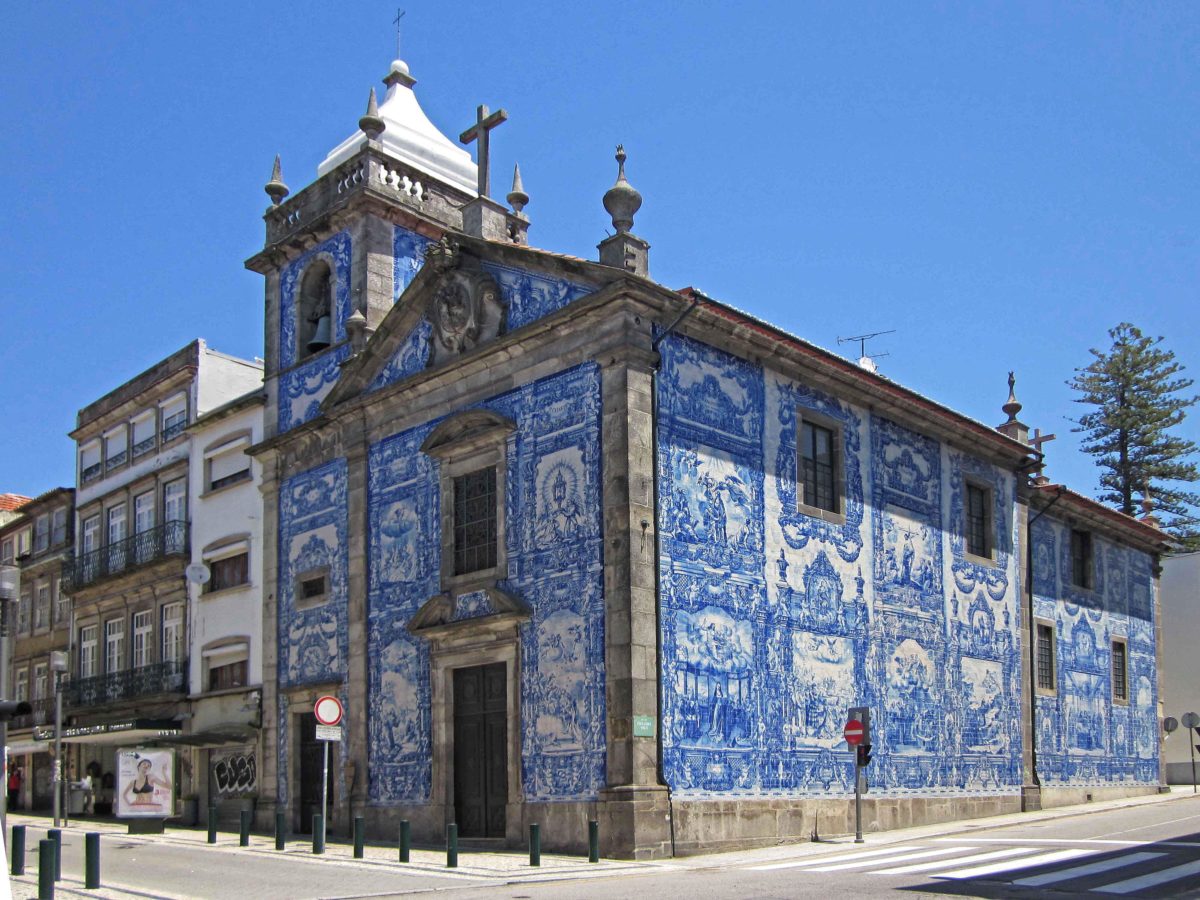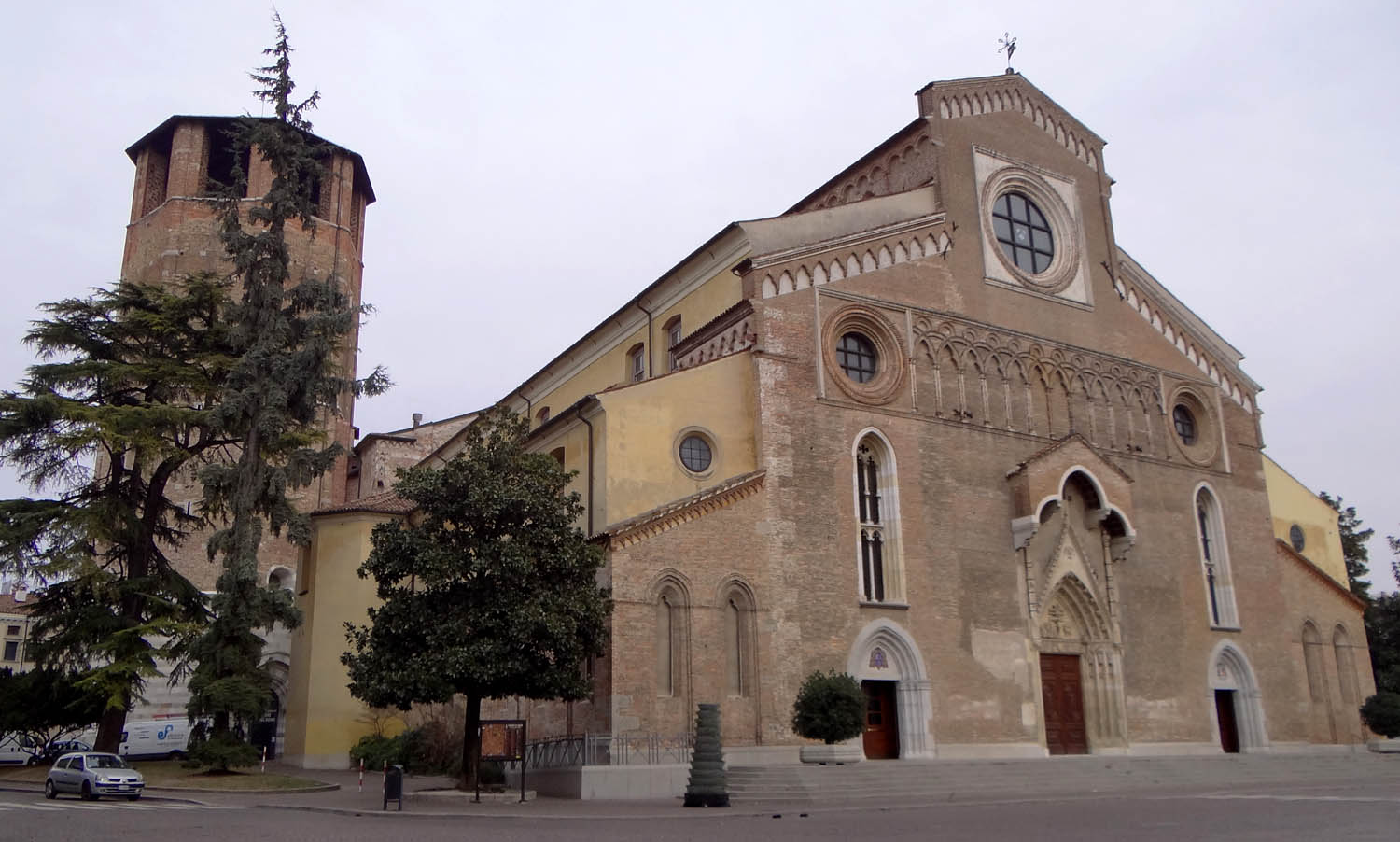The church was included in 1980 in the UNESCO World Heritage List because it is one of the greatest examples of Renaissance art.
Two immortal signatures have consigned this temple, which stands in the square of the same name, to the history of civilization: Donato Bramante and Leonardo da Vinci. The church was built between 1466 and 1490 on a project by the architect Guiniforte Solari. However, a few years later, Ludovico il Moro called upon Bramante, who rebuilt the apsidal area, leaving the mark of his art in the grandiose Tribuna, an example of Renaissance spatial architecture. And it was again the great Urbino architect who realized two other jewels of the church: the Cloister and the Old Sacristy. In the refectory of the ancient Dominican convent Leonardo painted, on one of the walls, the famous "Supper", begun in 1494 and finished about two years later. Leonardo did not paint it "a fresco", as was usual, but on a dry wall, using a special tempera (which unfortunately still defies the best restoration techniques today): in this way he was able to retouch the painting and adapt the drawing, right up to the end, to the tumultuous formation of the image in his mind and to the long pauses that marked the times of his work. A little more than twenty years after its completion, the painting was already in a precarious condition, which continued to deteriorate and gave rise to a long series of recovery interventions over the centuries. On the opposite wall, there is the Crucifixion (1495) by Giovanni Donato Montorfano.
